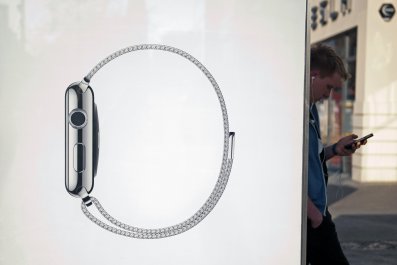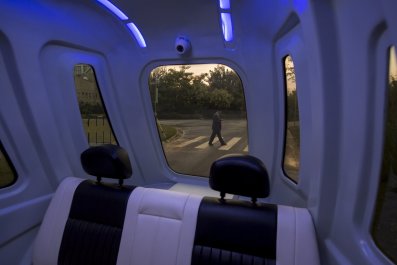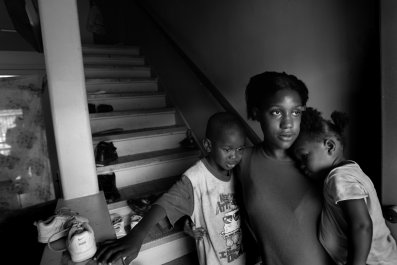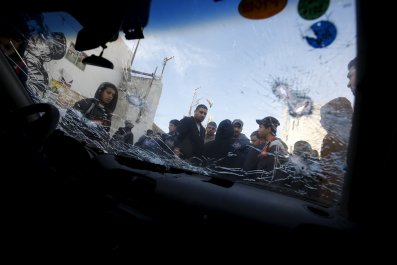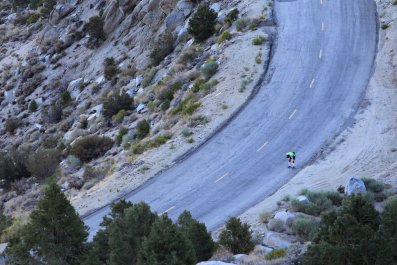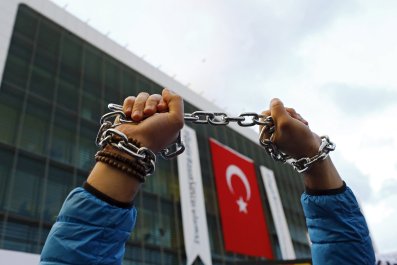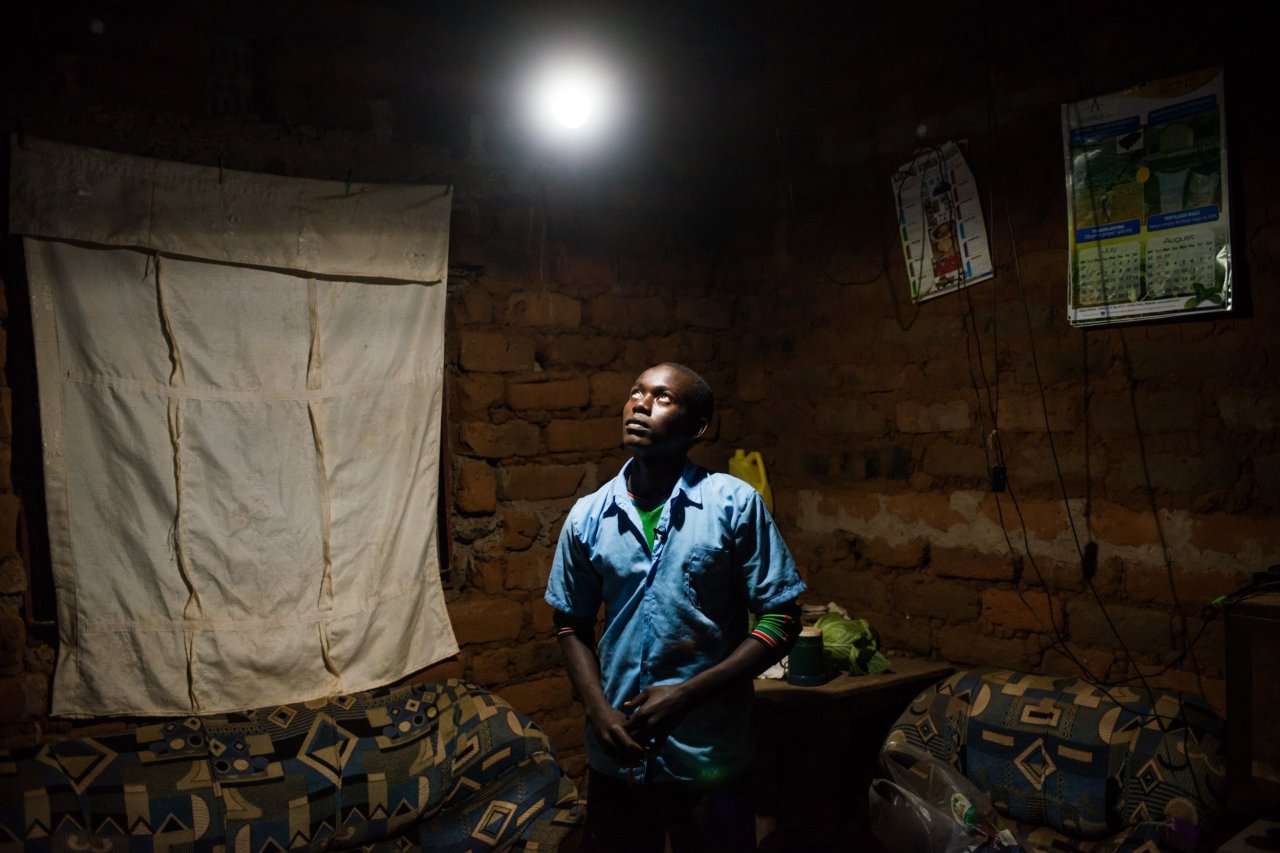
Jacinta Auma shuffles slowly into her dim, mud-walled house, sits down, kicks off her sandals and switches on a light and a small television—a little miracle in this rural, deeply traditional corner of western Kenya. An estimated two-thirds of sub-Saharan Africa's population lack electricity, according to the International Energy Agency. To cope, many have long used kerosene-powered generators, but they are not only unhealthy and environmentally destructive, but also unsustainable.
Auma's house is powered by an alternative source of energy: Every day, she lines up a solar panel outside her home, where it soaks up sunlight. The energy the panel gathers charges the batteries that power all her electrical devices.
Until recently, solar power has been elusive for most here because of its high costs and unpredictability. But recent advancements have led to solar cells that are less expensive, sturdier and able to produce more wattage from the sunlight they absorb. In addition, because Kenya is equatorial, it's bombarded with sun year-round. Already, 14 percent of Kenyan households use solar as their primary lighting and charging source, according to a 2015 study by the global research consultancy InterMedia.
Auma pays for her system through a lease-to-own program run by M-Kopa Solar, a Canadian company. Customers make a small down payment and then make daily payments of pennies a day, sent via the M-Pesa mobile payment system. Auma says it costs her less than kerosene used to; According to M-Kopa, each home in its program will save $750 over a four-year period compared with using kerosene. That's significant in a part of the world where $15 feeds a family for a month. After two years of paying the daily fee, Auma will take full ownership of her 8-watt solar home system, which includes three lights, a phone-charging facility and a rechargeable radio.
Solar power is rapidly spreading throughout East Africa. M-Kopa has connected 50,000 homes in Uganda and 40,000 in Tanzania. Mobisol, a German-based company that offers a similar lease-to-own service, says it has delivered electricity to more than 45,000 households and businesses in East Africa, mostly in Rwanda and Tanzania, and is planning to expand to Kenya. Orb Energy, an Indian solar energy firm, has partnered with Kenya's local Equity Bank to advance low-interest loans for those who want to buy equipment—solar panels, and solar-powered water heaters, lamps and TVs.
In rural Kenya, reliable electricity can be life-changing. Janet Nakhonwe had never been in a town connected to an electrical grid, never even slept in a room that had electric lights. For the first time, she has electricity throughout her home in Lumino, a village on the Ugandan border. The biggest impact, she says, has been on her six kids' schooling. "My children can now study well and complete their assignments on time," she says, because every single night they have light to read by. "Last term, they performed excellent in their exams."



